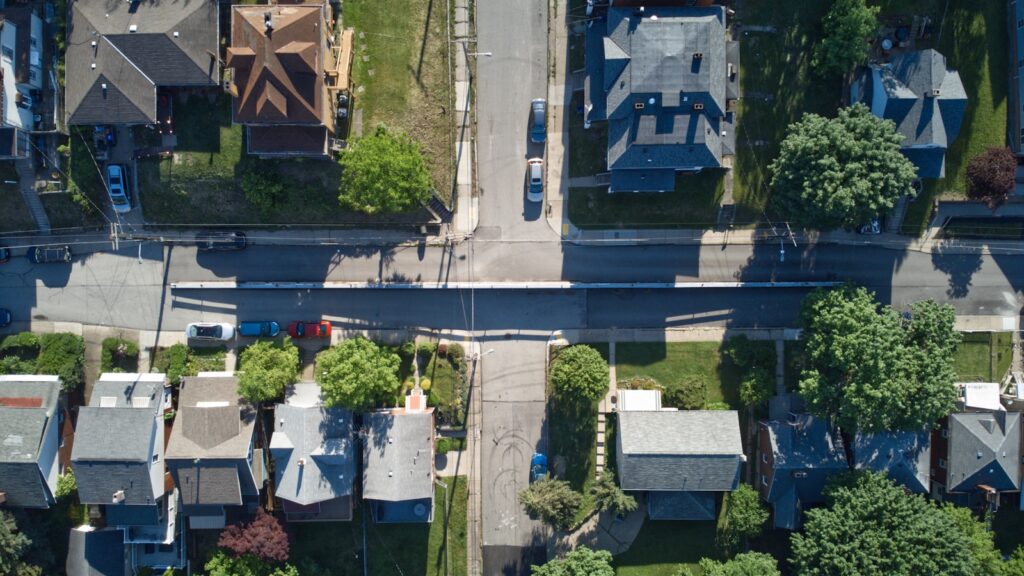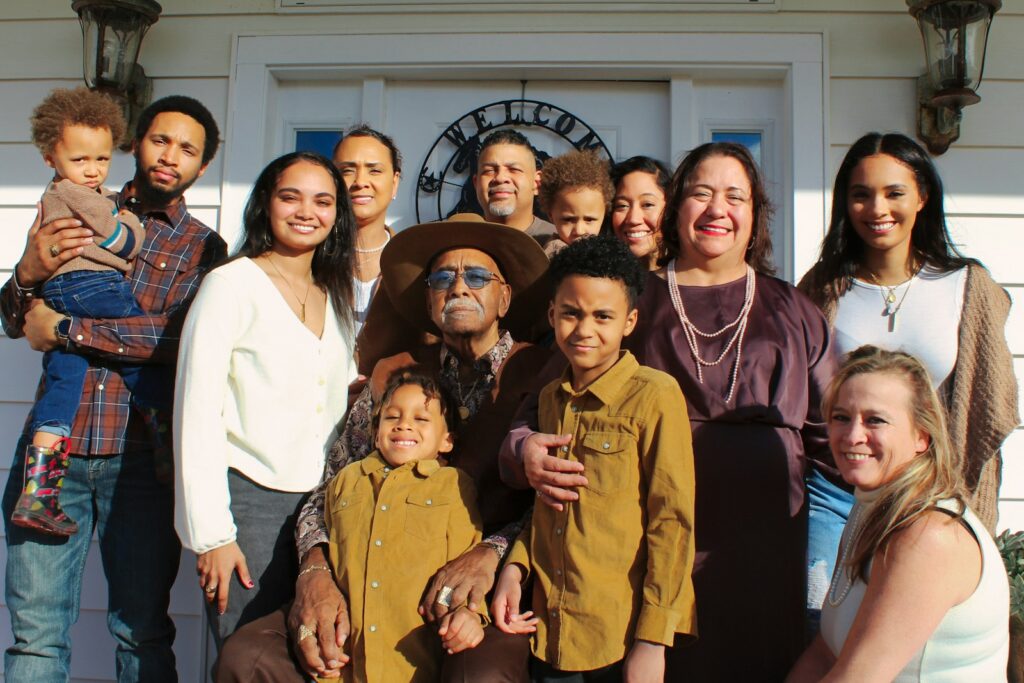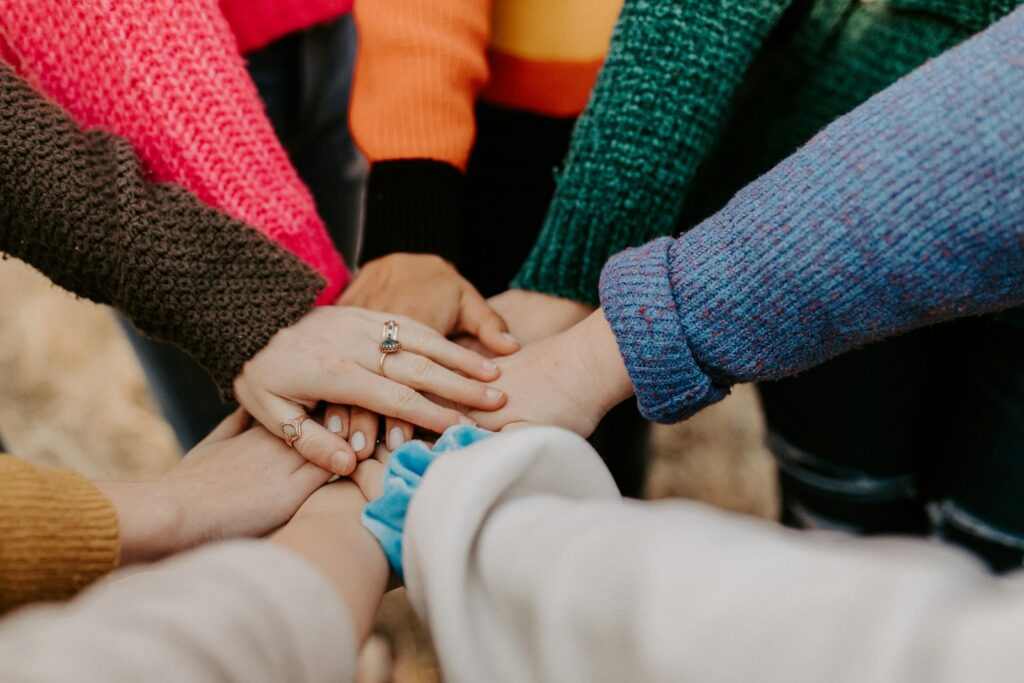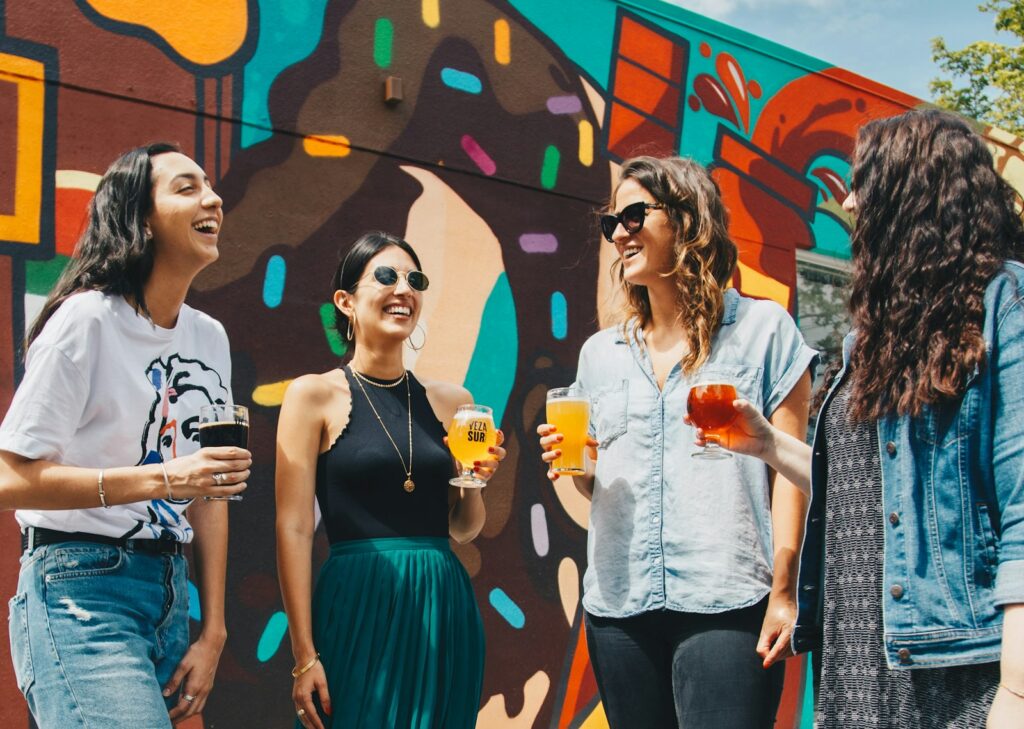Nostalgia can make the past seem simpler and more appealing than it really was. Many people remember the so-called good old days as safer, kinder, or morally superior, but history tells a different story. Life in earlier decades often involved hardships, social inequalities, and limited opportunities that are easy to overlook. By examining these myths critically, we gain a more accurate understanding of history and appreciate the progress society has made. Recognizing the challenges people faced helps us learn from the past and encourages a balanced perspective that values both achievements and lessons learned. Here are nineteen myths about the good old days that were not as good as we often imagine.
1. Everyone Knew Their Neighbors

While nostalgia suggests a close-knit community where everyone looked out for one another, in reality, many neighborhoods were isolated or unsafe. Social divisions and a lack of communication made strong community bonds uncommon. Many people, especially minorities or women, did not feel included or protected in their communities. Economic pressures and long work hours also limited opportunities for social interaction. Psychologists note that memory often emphasizes positive experiences while minimizing negative ones. While some individuals did have supportive neighborhoods, the idea that everyone lived in constant harmony is an exaggerated memory. Understanding this myth helps us see the past more accurately and appreciate modern community improvements.
2. Life Was Safer for Children

It is easy to believe that children were free to play outdoors without danger, but historically, accidents and illnesses were far more common. Traffic, lack of safety regulations, and limited medical knowledge put children at significant risk. Child labor was also widespread in many areas, exposing kids to hazardous conditions. While stories of carefree childhood persist, these memories often ignore the challenges and dangers children faced. By recognizing that the past was not inherently safer, we gain perspective on the value of modern child safety measures and the protections we often take for granted.
3. Jobs Were Secure for Everyone

The idea that people had stable, lifelong jobs in the past is misleading. Economic downturns, discrimination, and lack of worker protections meant many struggled to maintain employment. Women and minority workers often faced severe barriers, and workplace benefits like health insurance were limited or nonexistent. While some workers enjoyed stability in certain industries, the notion of universal job security ignores the realities faced by millions. Recognizing this myth allows us to appreciate modern labor protections, unemployment benefits, and the increased flexibility available in today’s workforce.
4. Education Was Equal and Accessible

Many remember school as a universal experience, but historically, access to quality education was far from equal. Segregation, gender bias, and economic barriers prevented many children from receiving proper schooling. Resources varied widely, and opportunities for higher education were limited for minorities and girls. Nostalgia often highlights personal experiences while overlooking these systemic inequalities. Understanding the reality of past education helps us value the ongoing efforts to expand access, promote inclusion, and improve learning environments for all students.
5. People Were Politer and More Respectful

The belief that manners and respect were better in the past is partly based on selective memory. Social norms often excluded marginalized groups, and discrimination was widespread. Civility toward some often came at the expense of others, and public behavior standards varied greatly by location and class. While some interactions were formal and courteous, society was not universally polite or just. Acknowledging this myth allows us to see that progress in equality and social awareness has changed interpersonal dynamics significantly.
6. Families Were Always Strong and United

Stories about the past suggest families were consistently close and supportive, but historical realities were more complex. Economic hardship, migration, and social pressures often strained family relationships. Divorce and separation existed even when stigmatized, and many people experienced loneliness or familial conflict. Nostalgia tends to focus on idealized memories, ignoring these difficulties. Recognizing that family dynamics were often challenging helps us appreciate modern approaches to communication, therapy, and support networks that strengthen relationships today.
7. Communities Were Free from Prejudice

Many recall the past as a time of acceptance and mutual respect, but prejudice was widespread. Racism, sexism, and classism shaped everyday life and limited opportunities for many people. Legal and social barriers enforced discrimination in housing, employment, and public spaces. While some individuals experienced inclusive environments, the idea that communities were universally tolerant is a misconception. Understanding this myth helps us recognize the importance of ongoing social justice efforts and the progress that has been made over time.
8. People Had More Free Time

The belief that people had more leisure time in the past overlooks the demands of work and household responsibilities. Many adults, especially women, spend long hours on labor-intensive tasks with little rest. Children often contributed to household work or jobs outside the home. Nostalgia highlights selective experiences of leisure while ignoring the daily pressures most people face. Recognizing this myth allows us to value modern conveniences, labor-saving technologies, and structured leisure time that improve quality of life today.
9. Healthcare Was Better or More Personal

Some people remember doctors and treatments as more caring or individualized, but healthcare in the past was often limited and inconsistent. Many illnesses were untreatable, medical knowledge was incomplete, and access varied widely. Nostalgic accounts often emphasize personal connections while ignoring systemic limitations and poor outcomes. Understanding that past healthcare had serious limitations helps us appreciate modern medical advances, broader access to care, and improved patient safety and treatment options.
10. People Were Happier

The idea that people in the past were universally happier is influenced by selective memory. Life included hardships, social inequalities, and limited personal freedoms that affected well-being. While some individuals had fulfilling lives, general happiness levels were not necessarily higher than today. Psychologists note that nostalgia can distort perception, emphasizing pleasant memories and minimizing struggles. Recognizing this myth encourages a balanced perspective that values contemporary improvements in health, social justice, and opportunities for personal fulfillment.
11. Life Was Slower and Simpler

Many believe the past was calm and uncomplicated, but daily life often involved hard work, uncertainty, and fewer conveniences. Tasks that are simple today, such as communication, cooking, and transportation, required significant effort. While the pace of life may have differed, it was not necessarily easier or less stressful. Acknowledging this myth helps us appreciate modern innovations that save time and reduce daily burdens, allowing for more meaningful leisure and personal growth.
12. Society Was More Moral

Nostalgia can suggest that moral standards were higher in the past, but this ignores widespread injustices and social exclusion. Laws and social norms often reinforced inequality and discrimination, and harmful practices were socially acceptable. While some individuals adhered to personal ethical codes, society as a whole was not necessarily more virtuous. Understanding this myth allows us to view moral progress critically and appreciate efforts to create fairer, more inclusive communities.
13. People Trusted Each Other More

The belief in universal trust in the past ignores widespread societal challenges. Fear of crime, economic instability, and social hierarchies limited trust among many communities. Nostalgia highlights selective experiences, giving the impression of universal honesty and reliability. Recognizing this myth encourages a realistic understanding of social dynamics and appreciation for modern systems that promote safety and accountability.
14. Entertainment Was Better or More Meaningful

Some view past entertainment as richer or more wholesome, but this perspective is shaped by selective memory and cultural nostalgia. Access to arts and culture was limited for many people, and leisure options varied greatly by social class and location. While certain forms of entertainment were meaningful to some, many had limited opportunities for recreation. Understanding this myth encourages appreciation for the wide variety of entertainment and cultural experiences available today.
15. Life Was Less Stressful

The idea that life was calmer ignores the many pressures people faced, including economic uncertainty, health risks, and social inequality. Nostalgic memories often filter out these stresses, creating an idealized view of the past. Recognizing this reality helps us appreciate modern advancements in healthcare, labor protections, and mental health awareness that reduce daily stress and improve overall well-being.
16. Neighborhoods Were Always Friendly

The belief that neighborhoods were universally welcoming ignores social divisions and crime that affected many areas. Inclusion and safety were not guaranteed, and marginalized groups often experienced exclusion or hostility. Nostalgia emphasizes positive memories while downplaying these challenges. Acknowledging this myth provides a clearer understanding of community evolution and highlights the importance of building inclusive and safe neighborhoods today.
17. People Knew What Was Healthy

Many assume past generations had better diets or lifestyles, but limited knowledge and access to nutrition, hygiene, and medical care often led to poor health outcomes. Nostalgic memories emphasize occasional wholesome habits while ignoring widespread health challenges. Understanding this myth underscores the value of modern scientific knowledge, public health initiatives, and nutrition awareness that improve longevity and quality of life.
18. Fashion and Culture Were Superior

Some remember clothing styles and cultural trends as inherently superior, but these perceptions are subjective and shaped by nostalgia. Trends often excluded practicality, comfort, or inclusivity. While certain fashions hold sentimental value, the belief that past culture was universally better overlooks innovation and diversity in modern society. Recognizing this myth encourages an appreciation of contemporary creativity and cultural evolution.
19. Life Was More Fair or Just

The notion that society was inherently fair ignores systemic inequalities and discrimination in the past. Legal, economic, and social systems often favored certain groups over others, limiting opportunities and rights for marginalized communities. Nostalgia can mask these realities by emphasizing selective experiences. Acknowledging this myth allows us to recognize the progress made in social justice and encourages continued efforts toward equity and fairness in modern society.
Comments